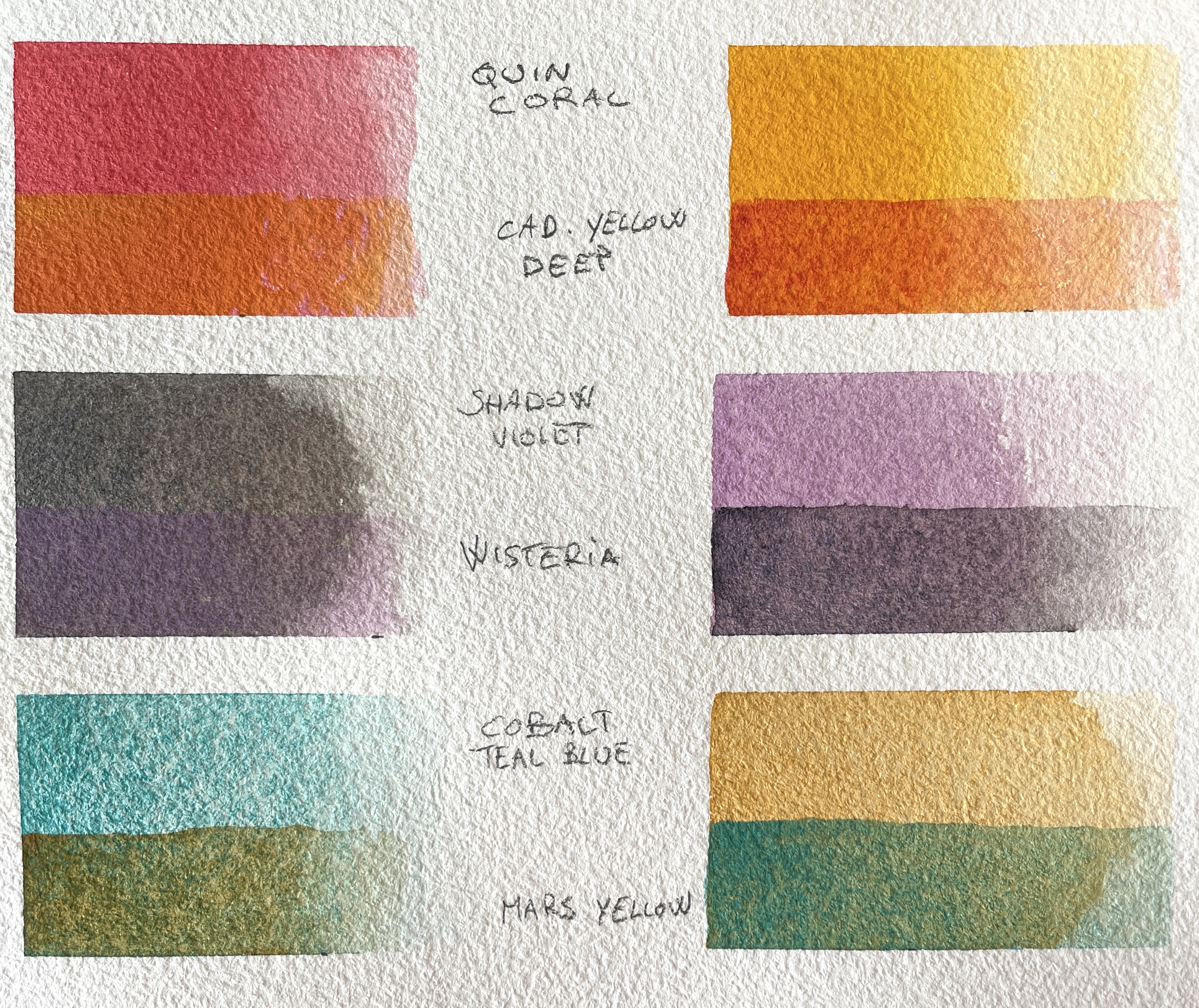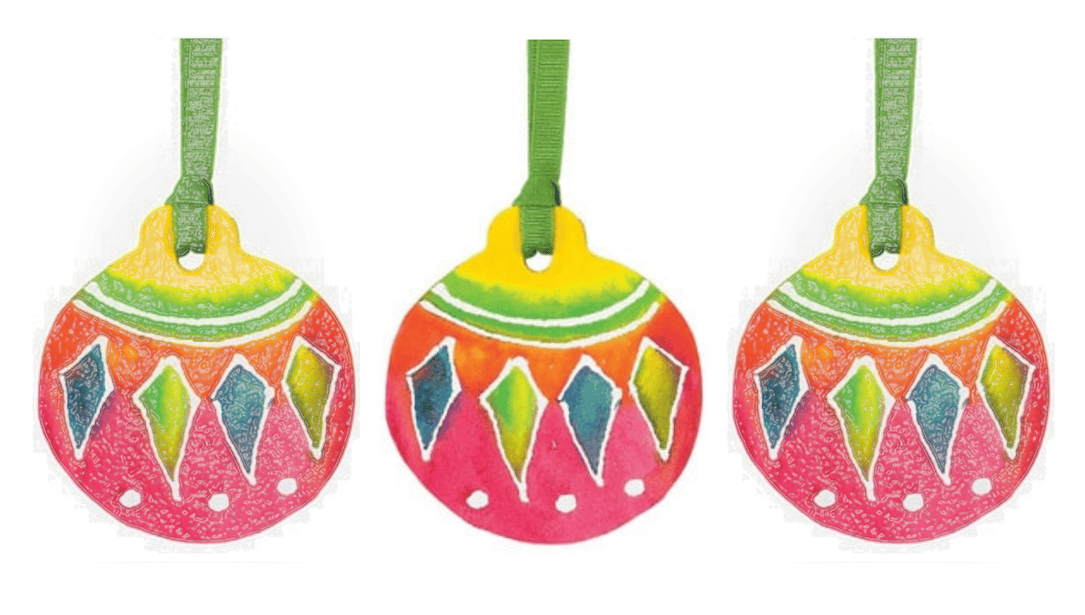Below is quick courtroom sketch that I drew for CBS News back in the 1980s, using colored pencils. As a courtroom artist, I acquired a certain passion for speed. I was obsessed with drawing as fast as possible, while still being accurate and creating recognizable facial likenesses. I wanted the people in my sketches to be just as recognizable as they would be in photographs – this skill was indispensable during those days of courtroom reporting on television.
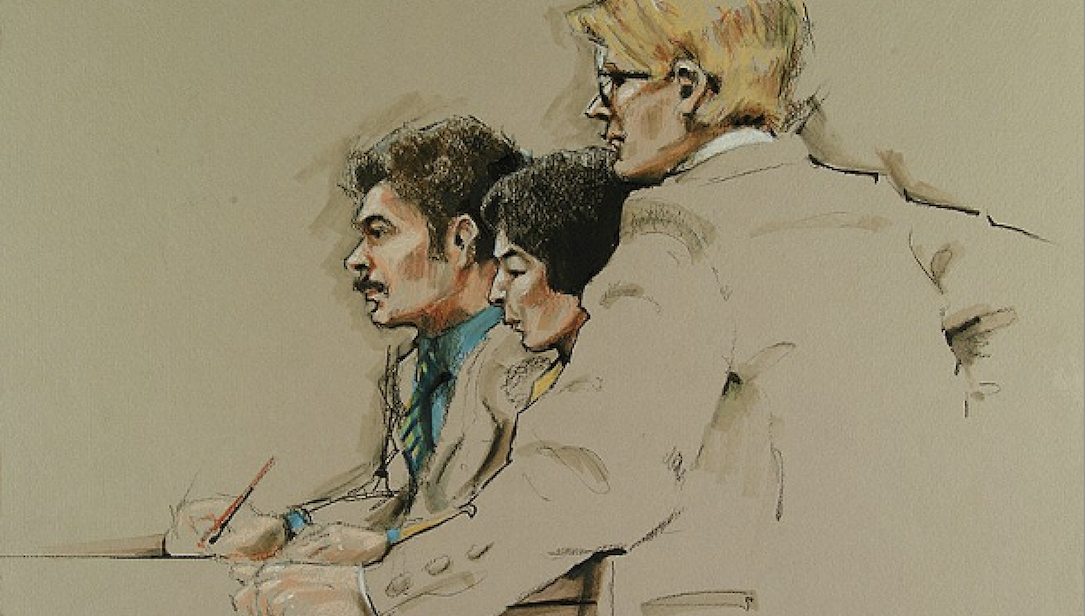
I would usually arrive at court early to look for random people to sketch for warm-ups. I needed to draw very quickly with just my black pencil before they walked away. I could also go to other public places to practice drawing people, but out “in the field,” I had to learn to avoid detection because it drastically changed the way people behaved. In the courtroom setting, it was known that I was there to sketch. So if my subjects stared at me, it was actually helpful, like they were posing. With practice, particularly after my memory toughened up, I could draw more complex expressions and scenes.
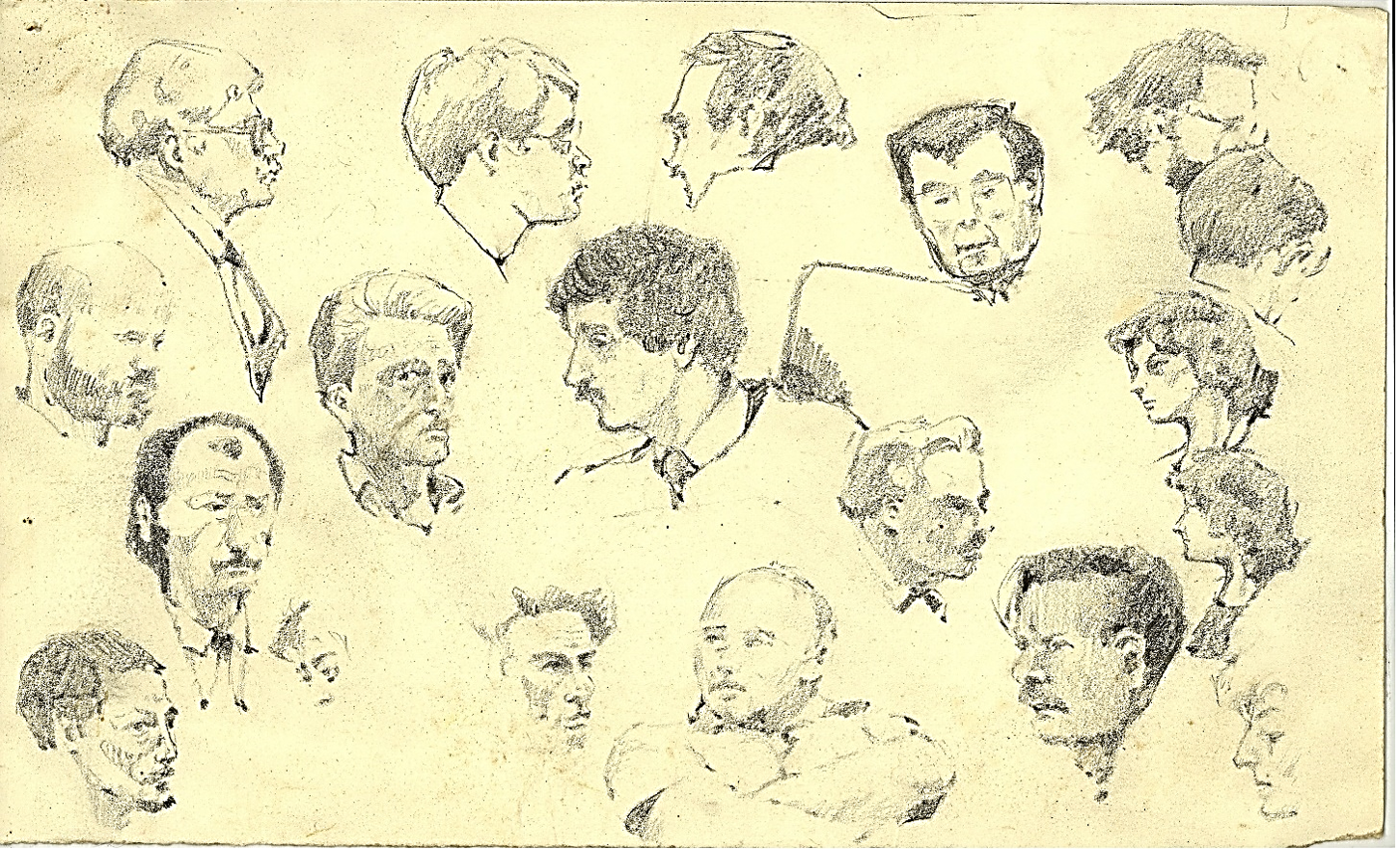
My earliest field sketches were done with a simple graphite pencil – black and white. Sometimes I would complete my sketch on the spot, other times I would just do line drawings and shade them in later. Then I discovered that graphite came in watercolor form, which improved my shading. I loosely blocked out my sketch with pencil in the field and filled it in with my brush later in my studio. From there I segued into working with regular watercolors. While this wasn’t always the most convenient medium (compared to a pencil or pen), I consider the results to be, without a doubt, the most splendid to behold.
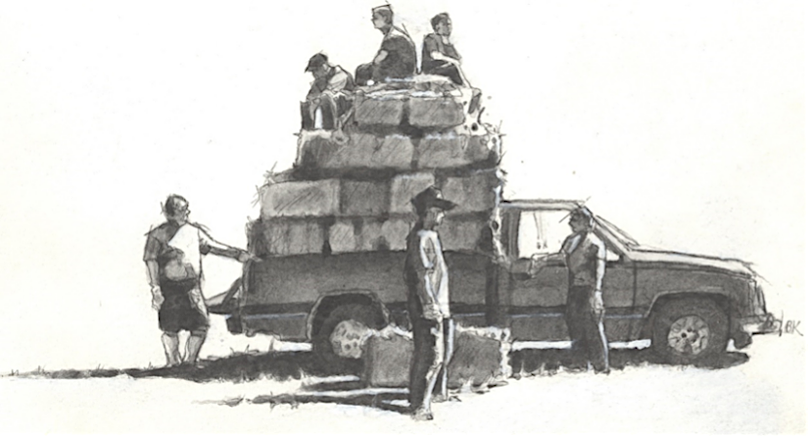
I try to preserve the extempore nature of the initial line sketch, then lay in my strokes of paint with the same spontaneous impulse. When it comes to my subjects, sometimes they are mundane, like these three Boy Scouts doing nothing extraordinary, just standing around. Yet the high impact of rich watercolor brings them to life and makes the sketch much more special.
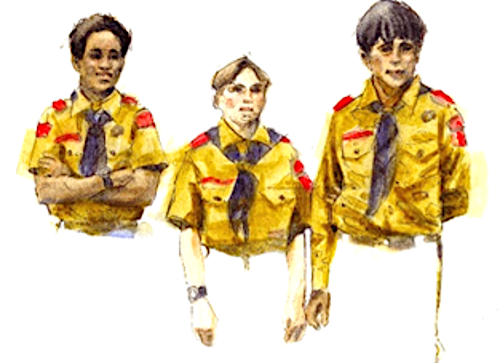
In my traveling kit for sketching, I tote traveling brushes, a pocket-sized paper pad or book, and a mini watercolor palette (2¼” x 2¾” x 1” when closed) with just six pans, which is the exact number that I need. I have arranged my kit into two parts – the first is a simple triadic palette of Mayan Red, Mayan Yellow, and Mayan Dark Blue.

Just by looking at these sharp and intensely saturated jewel-like pigments, side-by-side and unmixed, you might never guess that they would unite to create subtle, life-like simulations of human skin tones. Because of that they are entirely versatile – you can use them to paint anything you like for your expressive vignettes, such as jewelry, clothing, balloons and more.
The rest of my kit consists of my own blends of those same primary pigments into what I consider the three essential human skin color ranges – Carotenoid, Pale Melanoid and Dark Melanoid. These names are based on the two major skin pigments – carotene and melanin. I prefer to base my flesh tones upon actual skin colors, rather than using ethno-racial terminology. By intermixing these three ranges and/or adjusting them with the Mayan Red, you can match the skin tones of anyone on the planet.
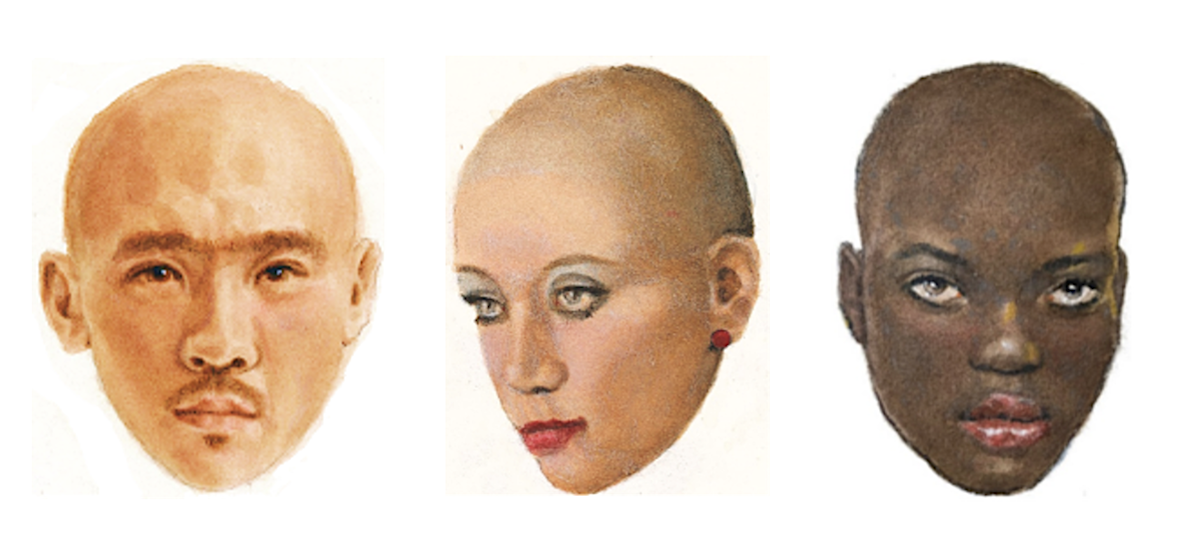
I find people to sketch in all kinds of settings. At a wedding banquet, a woman was sitting at a nearby table, conversing with someone to her left. Thus, I had a wonderful view of her elegant face. Then there were people departing the same plane I was on. Even though I was sitting up front and could have left ahead of everyone else, I turned around in my seat and sketched their two faces from stop-and-go throng of passengers coming down the crowded aisle.
Something else you should know about the versatility of my favored trio of Mayan colors – if you mix the primaries at just the right ratios, you get a solid black, which dilutes to a clean neutral gray. I used it to paint a young man’s hair and some of his facial features as well. Just these three pigments alone may well be the most versatile field sketching palette you will ever carry.

These works of art will never grace the walls of a gallery, nor even anybody’s living room. They do serve a valuable purpose though – I had a delightful experience sketching these unsuspecting, beautiful people. I wish you happy lifetime of sketching everyone who catches your eye, everywhere you go!



